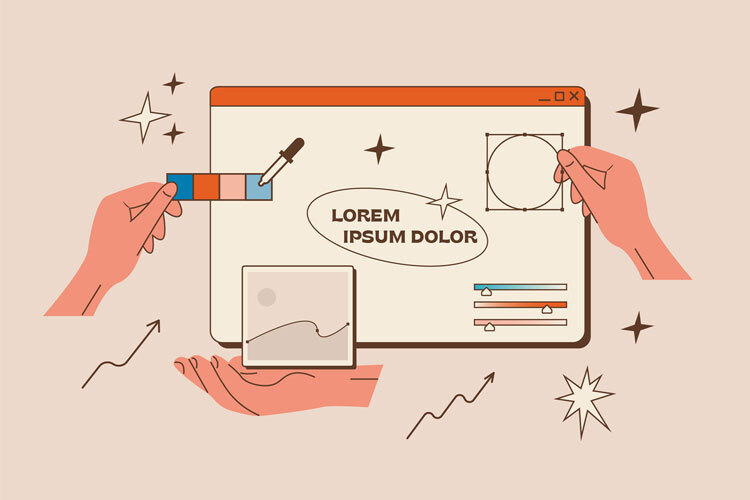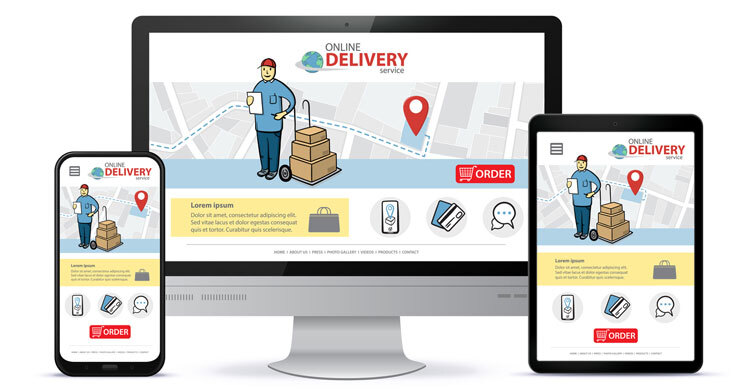Also known as client-end development, front-end development is not as uncomplicated as it looks. If there is some criterion to provide, such as the best user-experience then front-end is the place to look for. The objective of front-end development is to enhance the visual and interactivity level between the user and applications. Various tools are available that promises to make the whole development process more resilient and less onerous. One such pick from the growing list is Codepen.
Introduction to Codepen
Codepen, an online code editor tool makes an excellent choice for the front-end developers who deal with HTML, CSS, and JavaScript. Through providing an open-source environment this tool acts as a playground for the developers. From code-debugging to real-time preview of code, Codepen surely is marking its presence tremendously.
An application can manage a bouncing performance only it provides the best user experience without any impediments. So any application before reaching the user should undergo GUI testing, which provides high test coverage levels and multi-user testing with fewer test cycles.
One of the best features of Codepen is, it uses GUI interface for application testing, so developers will be greatly benefited as development will have a positive outcome with fewer or zero errors. Codepen is paving its success path without any cutback, here are few features which is making it a star among the block,
- CSS Options– Dealing with your CSS code? Then stop worrying about its quality, because Codepen has CSSLint. Through this tool, it is easier for the developer to detect and debug any of the flaws. CSSLint, through static analysis, ensures that source code is free from possible errors.Under Codepen, the development of CSS code is also faster than traditional techniques, because the developers are allowed to use the prefix-free or Autoprefixer to avoid time consumption while linking an external file.
- HTML, CSS, and JavaScript– Various aspects of each of these languages are efficiently supported. Under HTML, HAML, Markdown, Slim and Jade can be used. While in CSS, the support is given for Sass, SCSS, LESS and Stylus. Lastly, coming to JavaScript you are allowed to access LiveScript and CoffeeScript.
- Emmet and Vim Binding– Perfect set of plug-ins for text editor tool; Emmet plays a major role in increasing the productivity through content assisting. While Vim binding, a command-line keyboard shortcut is ideal for performing certain actions in less amount of time.
- Collections & Tags– Codepen is easy to use, create your own pen and share your code with others. So each time a new pen is created, tags can be added for each of these. Also, a set of collection of pens can be formed to give an easier access to particular groups that have a connection.
- Pen Views– There are totally 8 views, where each view comes with an advantage of its own, some of the pen views are,• Editor View- A default option, which allows editing of content in the pen.
• Details View- This option gives an overview of tags, collections, comments which are used.
• Full-Page View- Get access to the full-page preview of any of the pen through this selection. Here, the preview comes inside an iframe and features a header.
• Debug View- Also provides a full-screen view with additional features. Under Debug view, the preview will come without a header and is not enclosed inside an iframe.
An open-source environment, Codepen facilitates to get an instant preview of your work, and also the embedding of necessary implementations is much easier.


